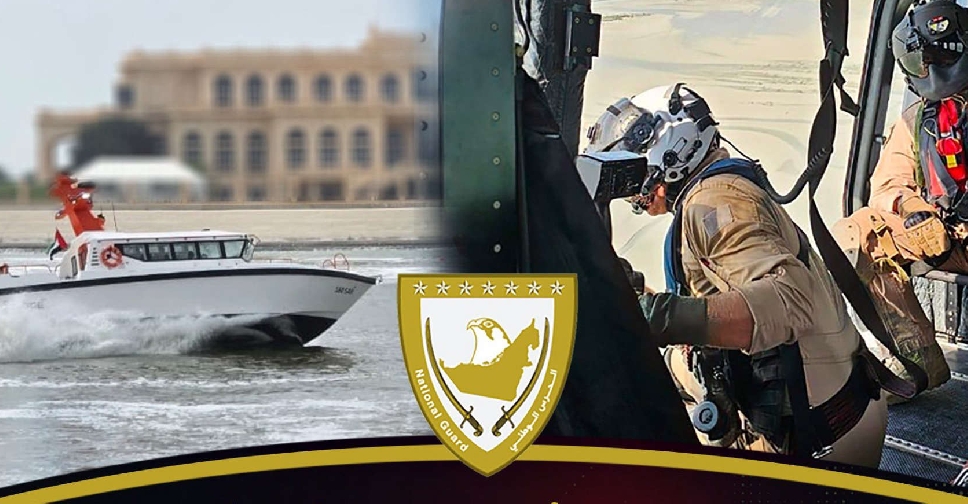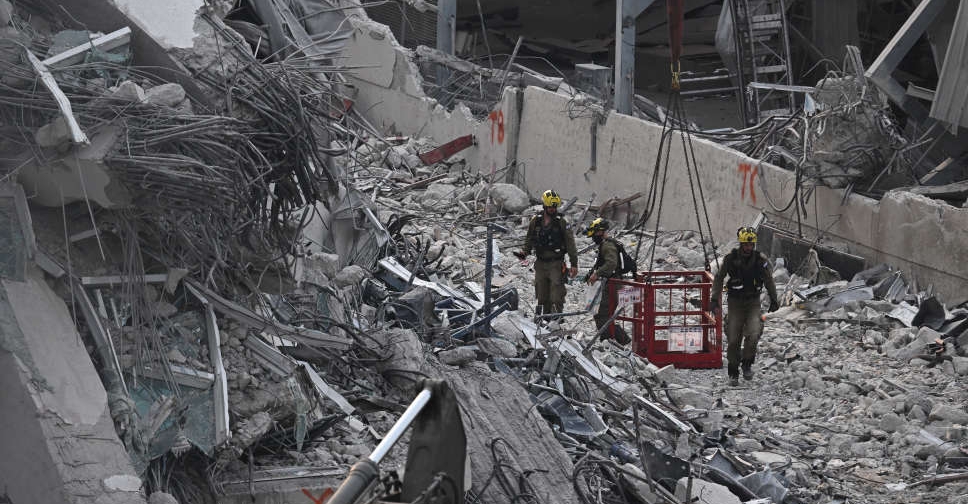
Aid groups in Myanmar on Tuesday described scenes of devastation and desperation after an earthquake that killed more than 2,700 people, stressing an urgent need for food, water and shelter and warning the window to find survivors was fast closing.
Myanmar's military ruler Min Aung Hlaing in a televised address said the death toll from Friday's 7.7 magnitude quake was expected to surpass 3,000, having reached 2,719 on Tuesday, with 4,521 people injured, and 441 missing.
The quake, which struck at lunchtime on Friday, was the strongest to hit the Southeast Asian country in more than a century, toppling ancient pagodas and modern buildings alike. It inflicted significant damage on Myanmar's second city Mandalay and Naypyitaw, the capital the previous junta purpose-built to be an impregnable fortress.
The death toll rose to 21 in neighbouring Thailand, where the quake caused damage to hundreds of buildings. Rescuers pressed on searching for life in the rubble of a collapsed skyscraper under construction in the capital Bangkok, but acknowledged time was against them.
In Myanmar, U.N. agencies said hospitals were overwhelmed and rescue efforts hindered by infrastructure damage and the country's civil war. Rebels accused the military of conducting airstrikes even after the quake and on Tuesday a rebel alliance declared a unilateral ceasefire to help relief efforts.
Aid groups raised the alarm over a lack of food, water and sanitation. The region was still being hit by aftershocks on Tuesday.
Julia Rees, of the U.N. children's agency UNICEF, who just returned from one of the worst-affected areas near the epicentre in central Myanmar, said entire communities had been flattened and destruction and psychological trauma was immense.
"And yet, this crisis is still unfolding. The tremors are continuing. Search and rescue operations are ongoing. Bodies are still being pulled from the rubble," she said in a statement.
"Let me be clear: the needs are massive, and they are rising by the hour. The window for life-saving response is closing."
In the Mandalay area, 50 children and two teachers were killed when their preschool collapsed, the U.N. humanitarian agency said.
In a rare survival story, a 63-year-old woman was pulled from the rubble of a building in Naypyitaw after being trapped for 91 hours. She was found on Tuesday morning and pulled out an hour later, the Myanmar fire department said, following a joint rescue with teams from India, China and Russia.
The civil war in Myanmar, where the military seized power in a coup in 2021, has complicated efforts to reach those injured and made homeless, including tight controls over the internet and other communication networks.
One rebel group, the Karen National Union, on Sunday said the junta had conducted airstrikes in the east of the country at a time when it should be prioritising quake relief efforts.
The Three Brotherhood Alliance of three major rebel groups at war with the junta on Tuesday declared a unilateral one-month ceasefire, to allow urgent humanitarian efforts to "be carried out as swiftly and effectively as possible".
Amnesty International said the junta must allow aid to reach areas not under its control.
"Myanmar's military has a longstanding practice of denying aid to areas where groups who resist it are active," its Myanmar researcher Joe Freeman said. "It must immediately allow unimpeded access to all humanitarian organisations."
In his speech, junta leader Min Aung Hlaing spoke of "lessons learned" and criticised the poor quality of construction. "Some buildings were built cheaply, without spending enough money on them," he said.
It is unclear if Min Aung Hlaing would make a rare foreign trip later this week to attend a regional summit in Bangkok as planned. Thailand's foreign ministry on Tuesday said the general may attend by teleconference.
In Bangkok, rescuers were still scouring the ruins of an unfinished skyscraper that collapsed for any signs of life, but aware that as four days had passed since the quake, the odds of finding survivors lengthened.
There were an estimated 70 bodies under the rubble and experts said 12 had been located, using scanners, but large debris blocked the way and rescuers were cutting concrete slabs to remove them.
"Our focus is on the survival. There are cases where people have survived for one week," Bangkok Governor Chadchart Sittipunt told reporters.
"We cannot say there is no hope ... if there is structure and air and no direct heat. We will keep going."
Search and rescue efforts were supported by multinational teams including personnel from the U.S. and Israel, as family and friends said they feared the worst.
"The rescue teams are doing their best. I can see that," said 19-year-old Artithap Lalod, who was waiting for news of his brother.
Initial tests showed that some steel samples collected from the site of the collapsed building were substandard, Thai industry ministry officials said. The government has launched an investigation into the cause of the collapse.
Fourteen deaths have been confirmed at the building site and seven elsewhere in the city.

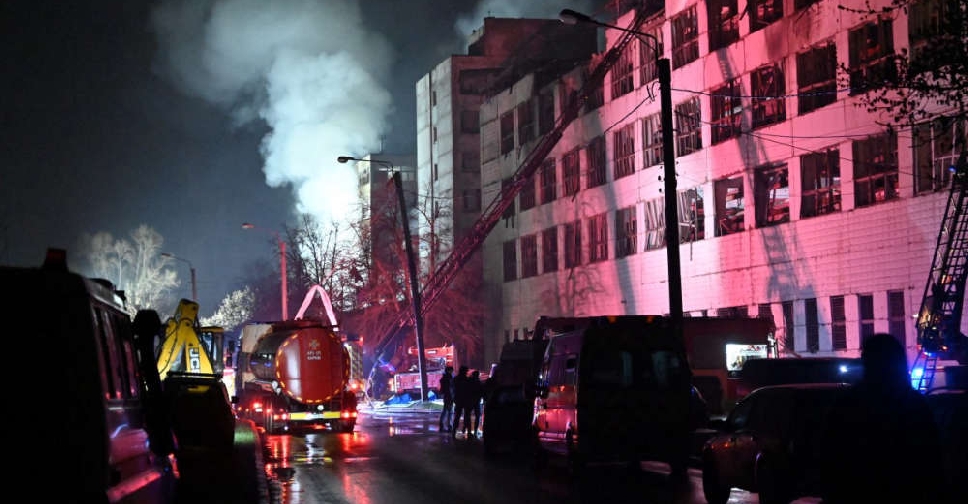 One dead in Russian overnight attack, energy facilities damaged
One dead in Russian overnight attack, energy facilities damaged
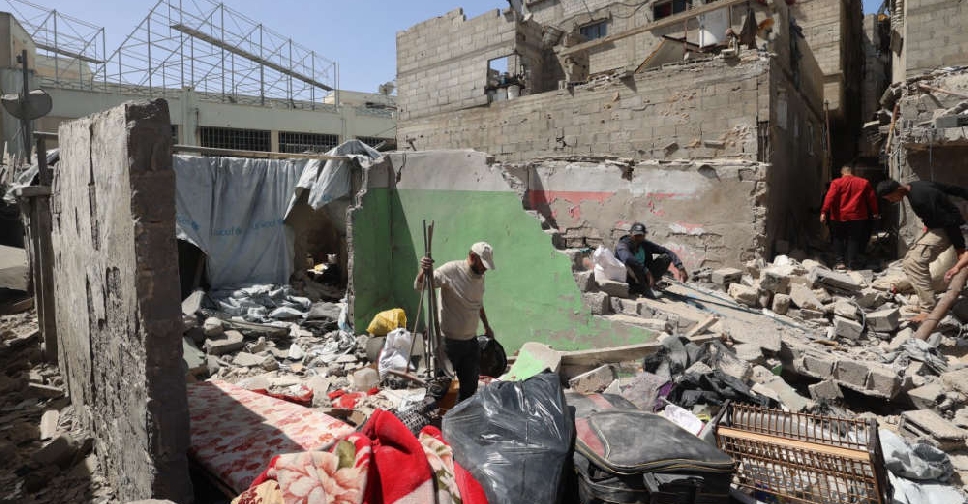 Israel to expand Gaza military operation with large-scale evacuations
Israel to expand Gaza military operation with large-scale evacuations
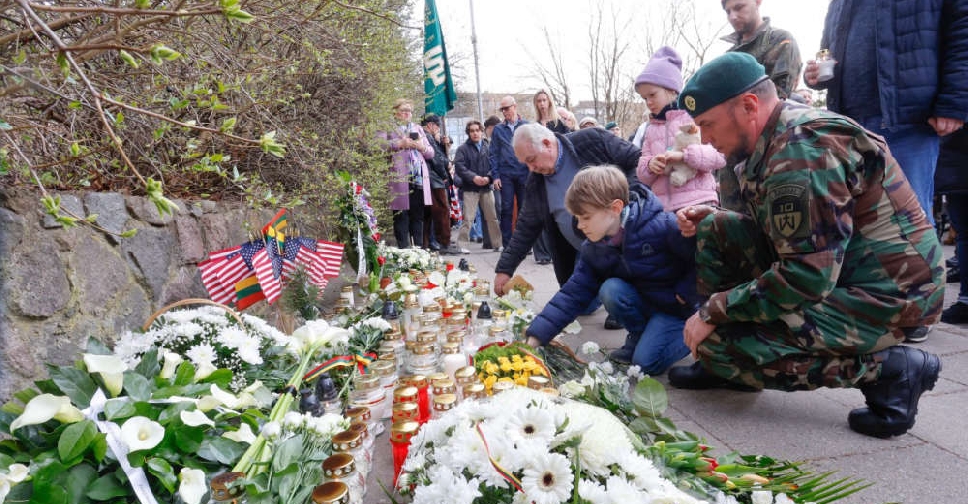 Fourth missing US Army soldier found dead in Lithuania
Fourth missing US Army soldier found dead in Lithuania
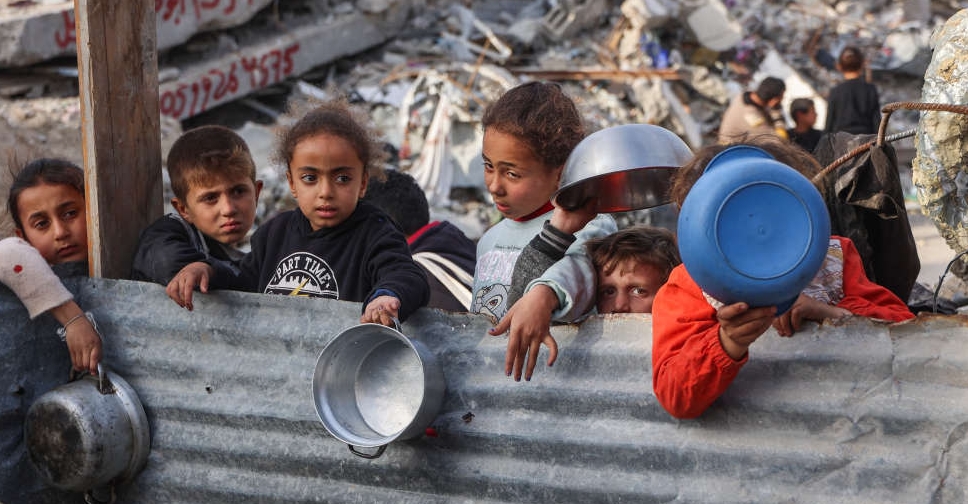 Israel says plenty of food in Gaza, UN says that's ridiculous
Israel says plenty of food in Gaza, UN says that's ridiculous
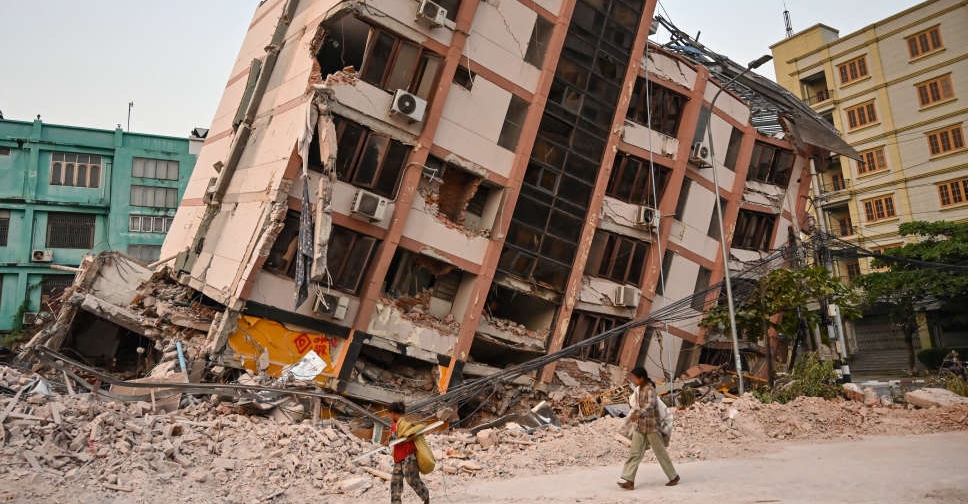 UN urges aid to Myanmar quake survivors before monsoons hit
UN urges aid to Myanmar quake survivors before monsoons hit

